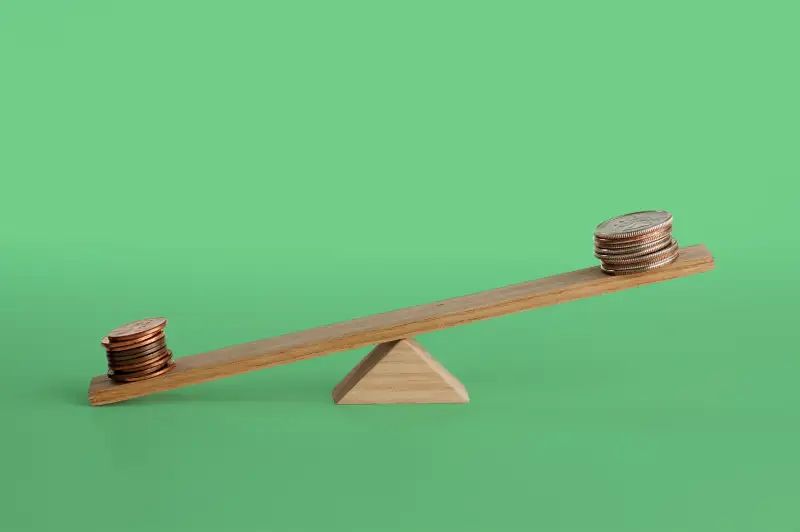The Big Mistake That Most 401(k) Savers Are Making

When it comes to saving in your 401(k), doing nothing can often work wonders.
As a recent survey by Aon Hewitt found, some 79% of workers who are eligible for a 401(k) or similar plan are participating, thanks in large part to the do-nothing magic of automatic enrollment. It's the highest level since at least 2002, when the firm started tracking participation rates. This steady saving helped push account balances to a record high of $100,320 last year, up 10% from 2013.
Still, 401(k) inertia has a downside too. As the survey shows, most workers aren't paying attention to the investments they hold, which increases the odds they will fall short of their retirement goals.
Take those record balances. Truth is, that 10% growth rate is relatively sluggish, which suggests many participants are invested in an ultra-conservative manner. The S&P 500 stock index jumped 13.5% in 2014, while Treasury bonds produced a 10.75% return. Moreover, only 24% of participants increased the amount they save each pay period, Aon Hewitt found. So even with additional cash going in, the average balance did not keep pace with either the stock market or the bond market.
Granted, a portion of that slow growth can be explained by regular distributions and early withdrawals. Last year, 3.6% of participants took regular withdrawals, up slightly from 3.5% the previous year, the Investment Company Institute reports. Meanwhile, 1.7% took a hardship withdrawal and at year-end 17.9% had a plan loan outstanding, ICI says. But a bigger issue probably has to do with participants leaving too much money in short-term money market accounts. In a lot of plans with automatic enrollment, the money goes into cash accounts that yield well under 1%.
Looking beyond account balances, Aon Hewitt's data highlights another worrisome trend—only 15% of 401(k) savers did any sort of rebalancing last year, one of the lowest trading rates on record. Rebalancing is a fundamental aspect of long-term investing. Say your target asset mix is 60% stocks, 30% bonds and 10% cash. Once a year you should sell just enough of the funds that grow fastest (lately, stocks)— and add enough to the laggards (cash and bonds)—to restore your target mix. This time-tested strategy ensures you will buy low and sell high over the long haul and maintain the right level of risk in your portfolio.
Two years ago, stocks rose 32% and bonds fell 9%. The prudent move would have been to sell some stocks and buy some bonds, which would have let you benefit from the bond market’s rally last year. Stocks also rose last year by 13.7%. So if you haven't rebalanced in the past two years, you probably hold a lot more in stocks than you originally intended, which means you may suffer worse-than-expected losses when the next bear market arrives.
The low level of rebalancing activity is only partly explained by the stunning rise of target-date funds, which automatically adjust holdings as you age. About 70% of 401(k) plans offer target-date funds and 75% of plan participants invest in them, according to T. Rowe Price. Stripping those and similar funds out, Aon still found that only 19% of participants rebalanced.
Add it all up, and it's clear that workers now realize that they must save, and they want to know more about managing their money. But many are held back by inertia and concerns that they don’t know what they are doing. That’s why most heartily embrace plan features like automatic enrollment and automatic escalation of contributions. Aon Hewitt says workers would also benefit from better access to online tools and advice, and a simplified lineup of investment options.
The Holy Grail, though, may be a guaranteed lifetime income product, such as a deferred fixed annuity (for a portion of your portfolio), inside all defined contribution plans. These reduce the risk of failing to rebalance while giving workers something most sorely lack—an income stream other than Social Security that will never run out. Slowly, these income products are coming, Aon Hewitt says, as leading-edge companies better understand the laws and their responsibilities for what is a fairly new investment option.
Read next: How the New-Model 401(k) Can Boost Your Retirement Savings
